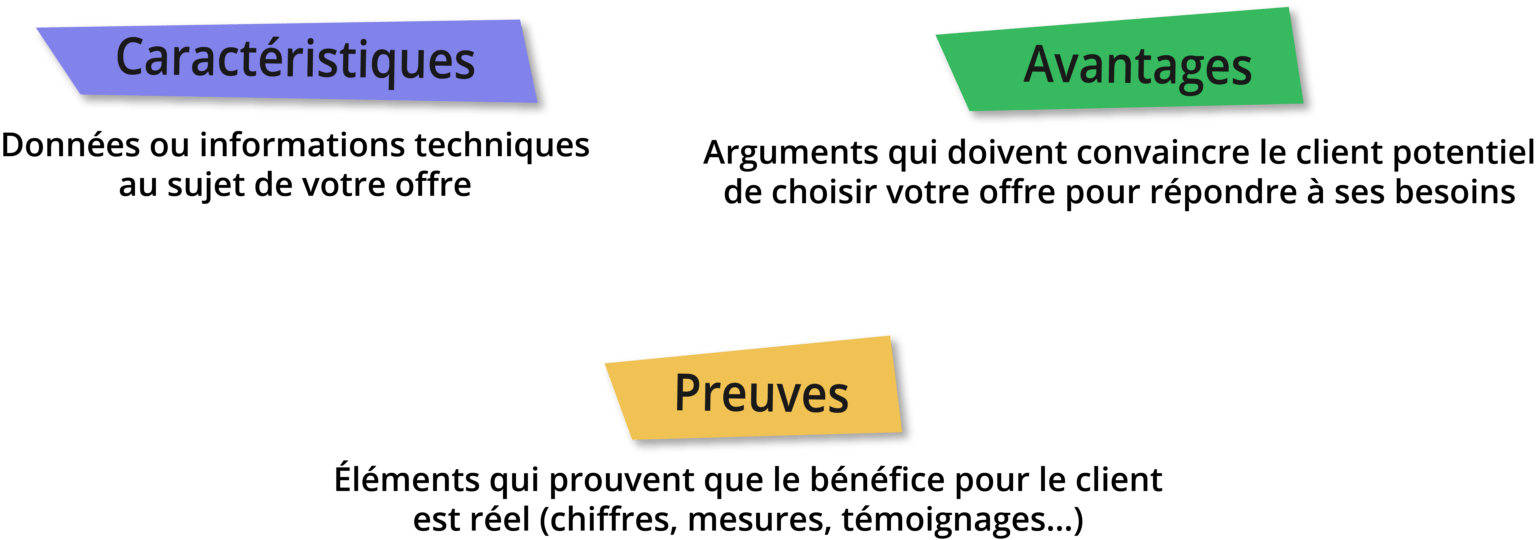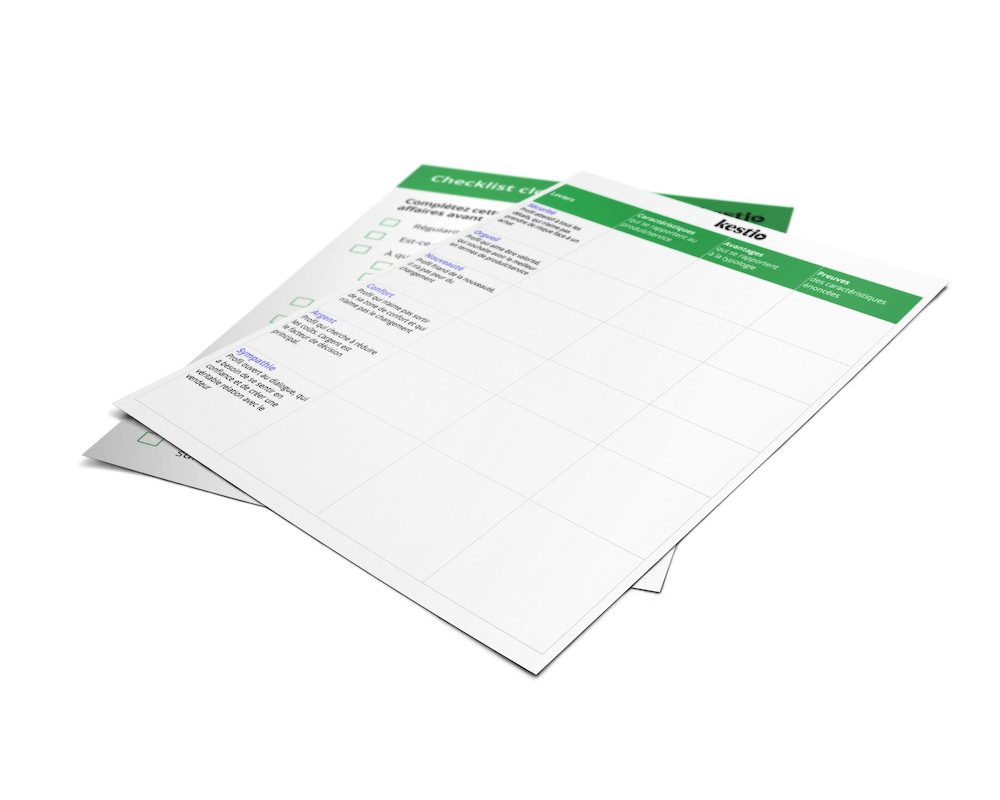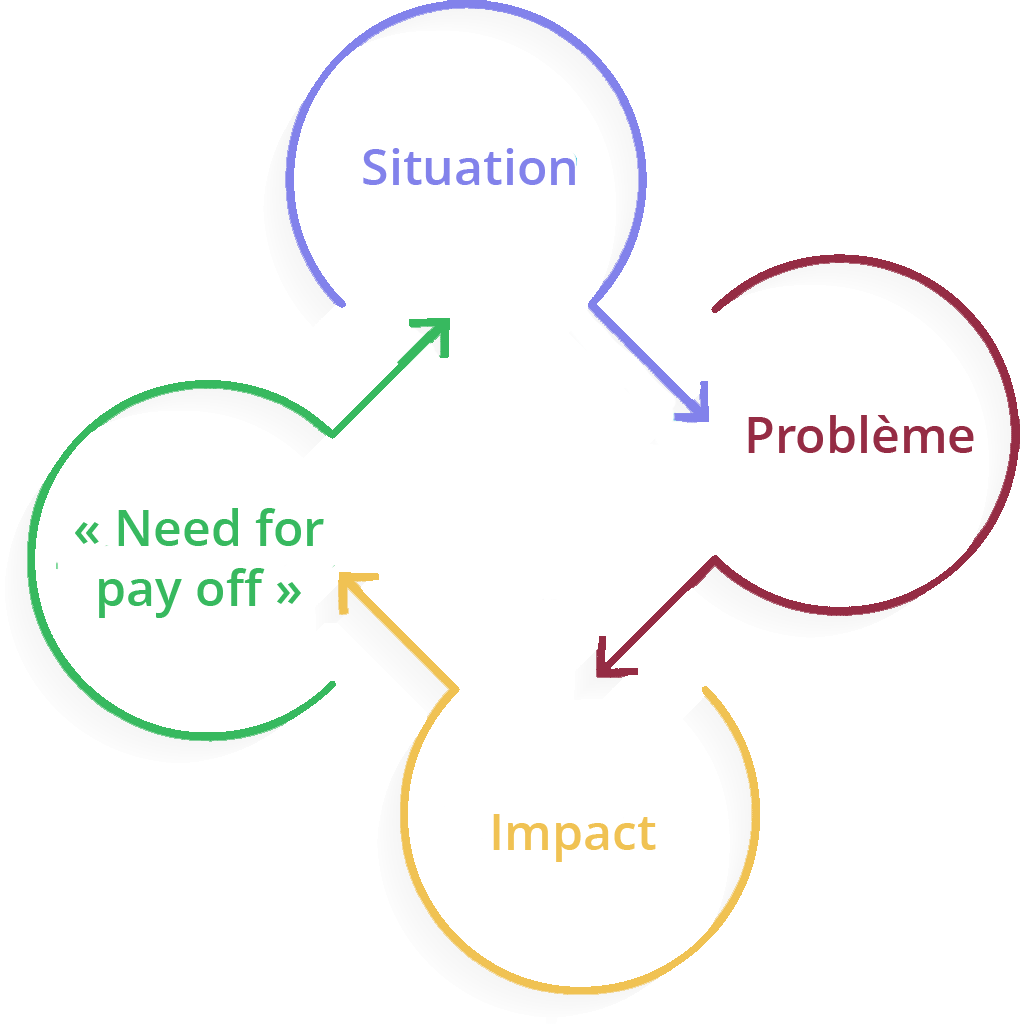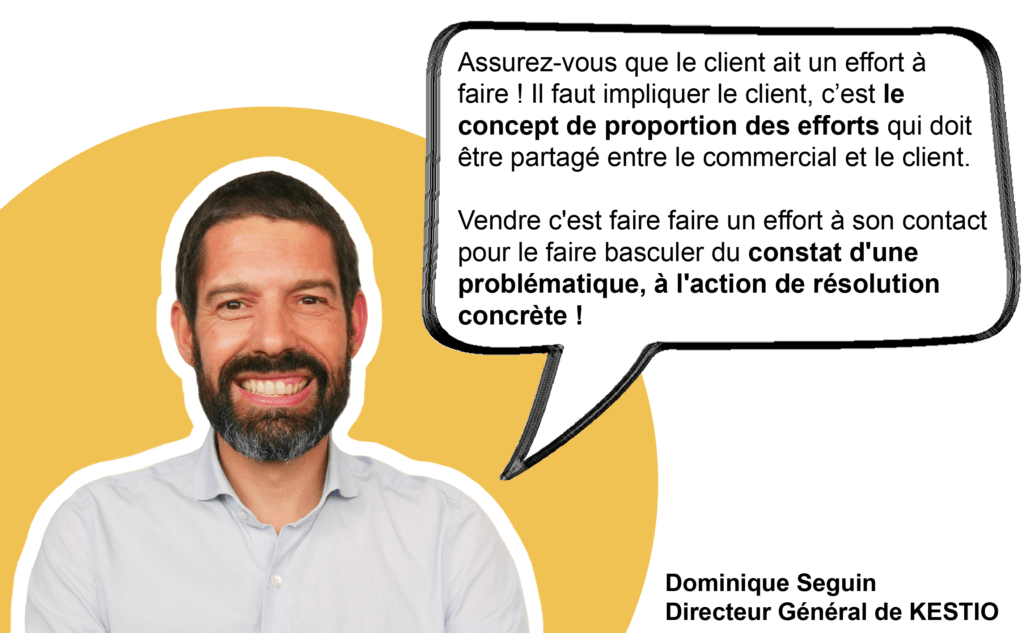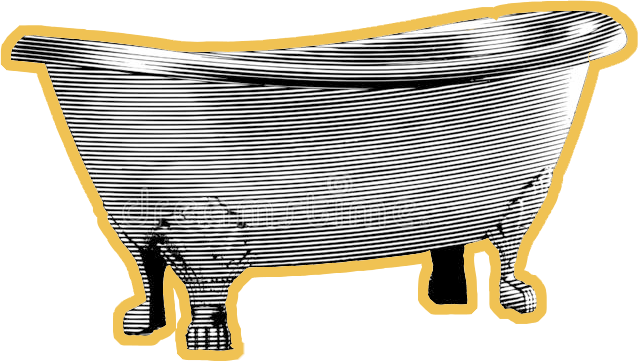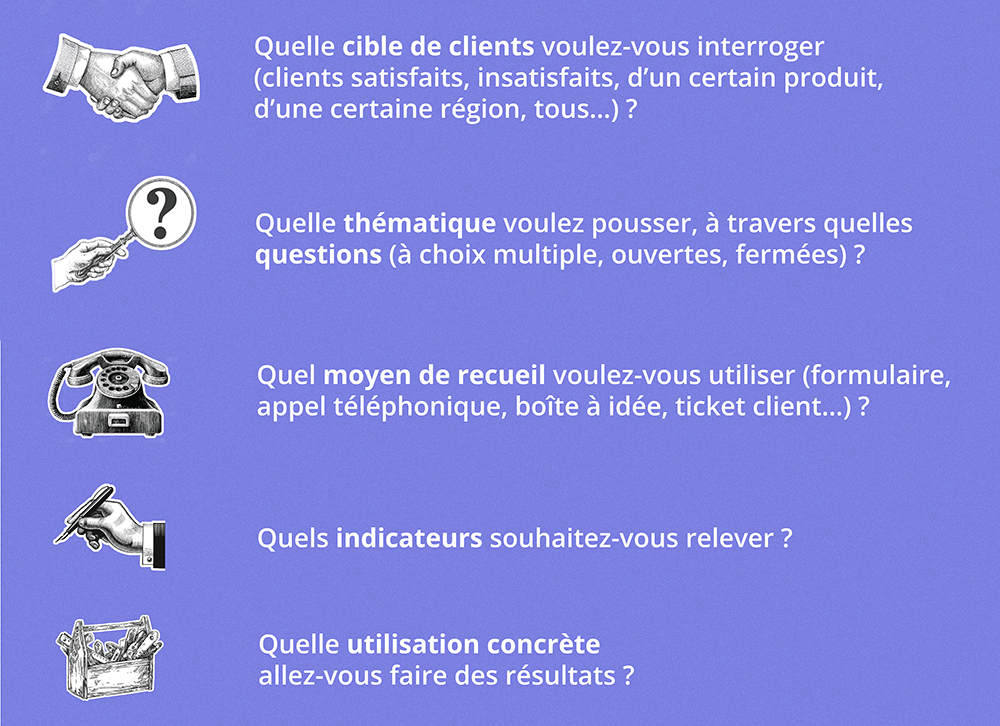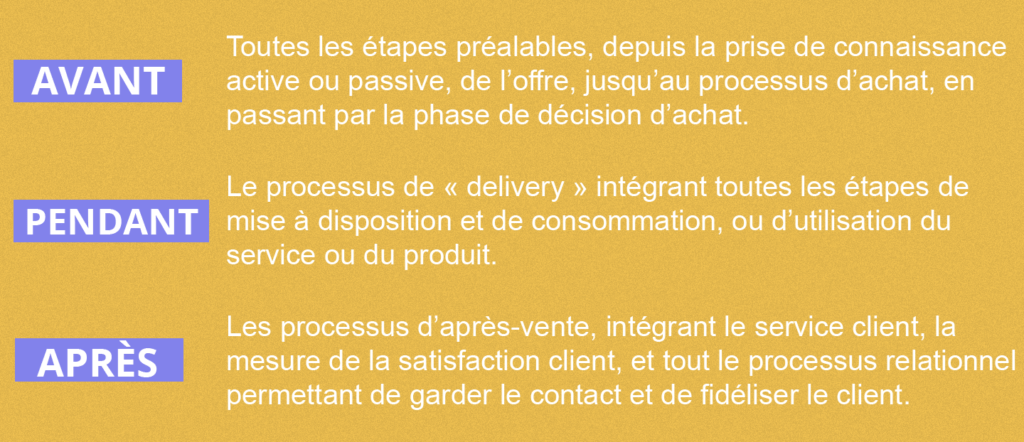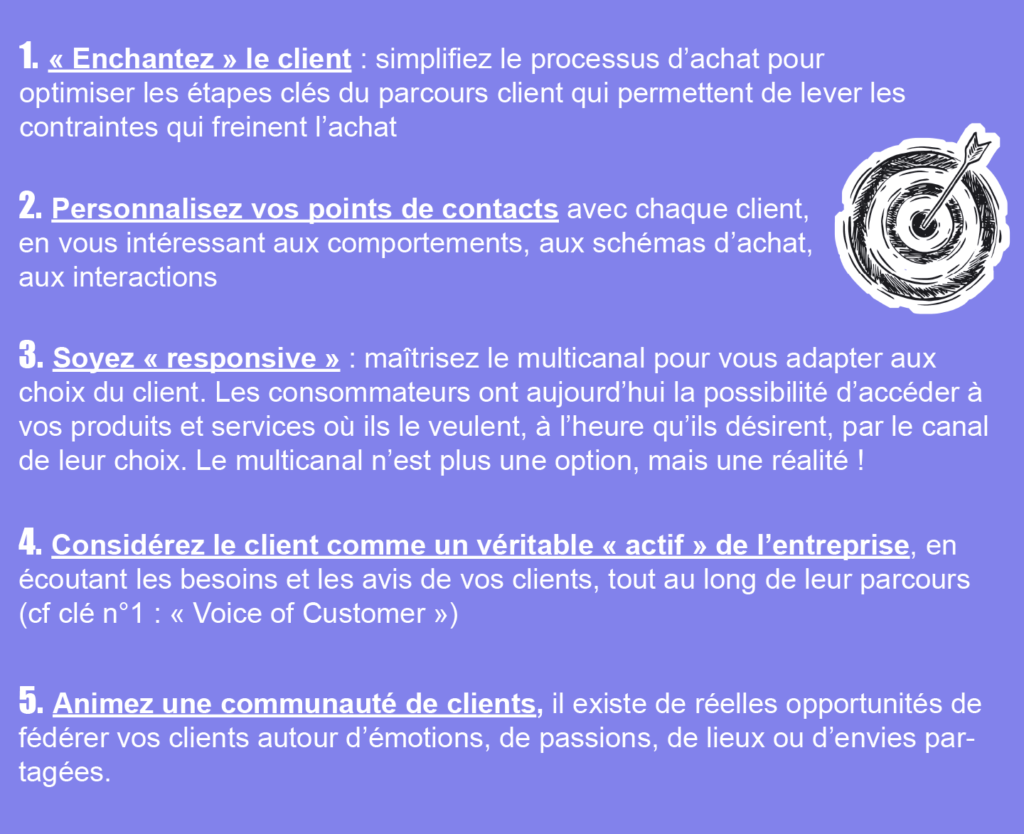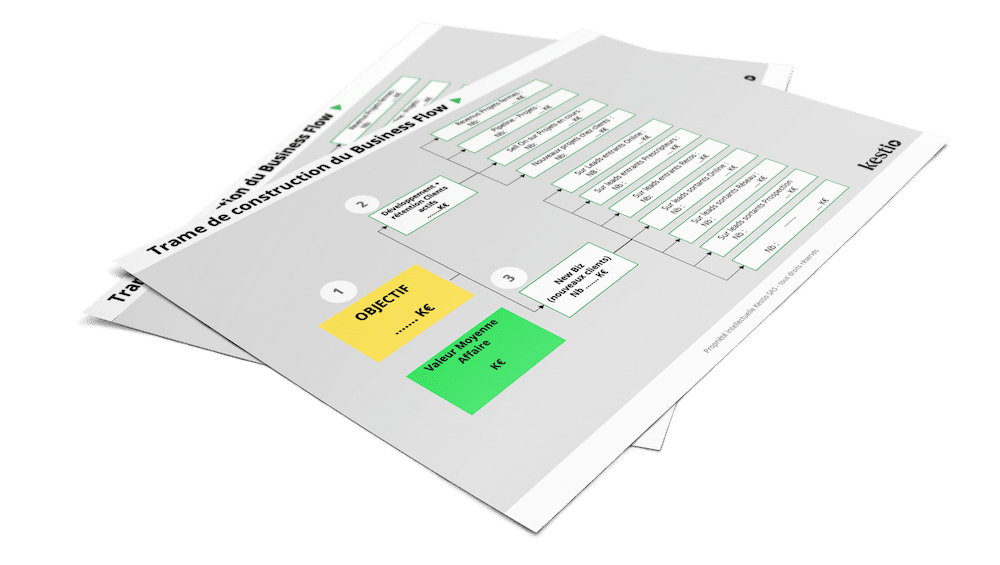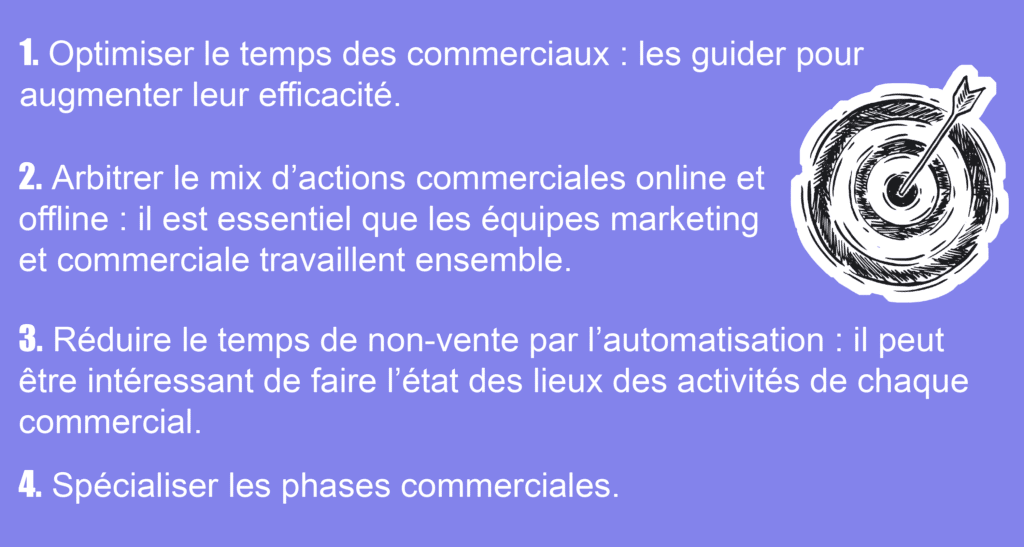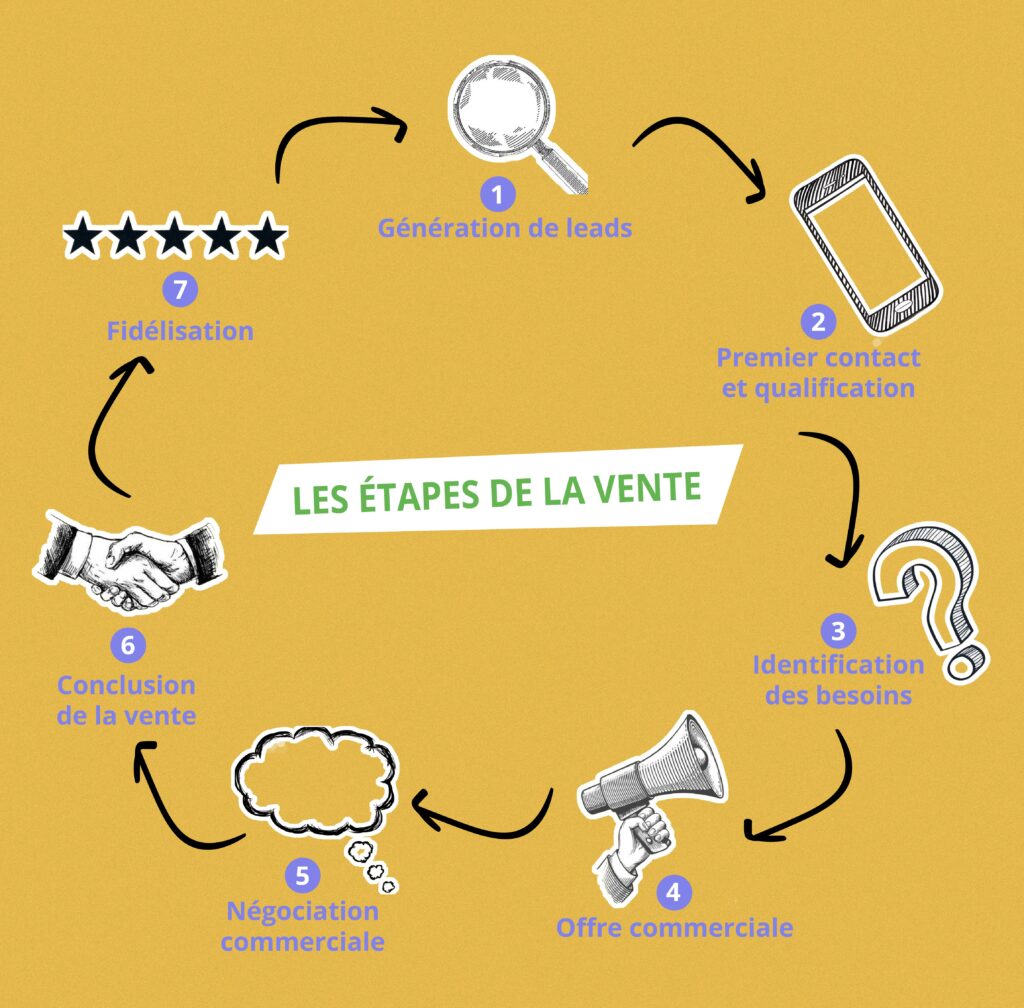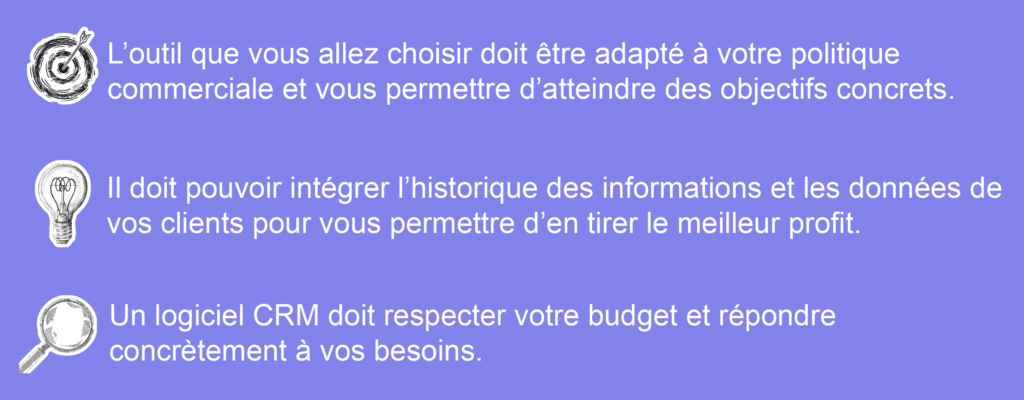21%.
Seulement 21% des prospects issus du marketing deviennent clients.*
Car si la génération de leads et la prospection ne sont pas choses aisées, les efforts à déployer pour obtenir de nouveaux clients ne s’arrêtent pas là !
Les différents échanges entre vos commerciaux et vos prospects représentent un moment clé de votre processus de vente.
Vos commerciaux doivent arriver à convaincre vos prospects de collaborer ensemble. S’ils ne sont pas satisfaits, vos prospects peuvent décider à tout moment de ne pas avoir recours à vos services ou produits !
Comment alors arriver à convertir vos prospects en clients ?
Questionnement, argumentaire, rapport de force… De nombreuses techniques existent pour s’assurer du bon déroulement de vos entretiens commerciaux et ainsi garantir un meilleur taux de transformation !
Découvrez-en 3 aujourd’hui.
CLÉ N°1 : Adaptez votre argumentaire
L’argumentaire est un allié de choix pour améliorer votre efficacité commerciale. Personnalisé à son interlocuteur, il permet de convaincre vos prospects en activant leur levier émotionnel.
Mais si cet outil peut être une technique pertinente pour vous aider à développer votre stratégie commerciale, il peut parfois s’avérer difficile de concevoir un argument efficace seul et sans aucune méthode.
La méthode CAP
Un argumentaire efficace doit être capable de répondre à toutes les questions que votre prospect se pose. Travaillez donc sur les caractéristiques techniques de votre produit, ses atouts, ses inconvénients, ses caractéristiques commerciales… Cela vous permettra d’avancer les arguments nécessaires et d’anticiper les objections ou les questions de votre interlocuteur.
La méthodologie CAP permet de déterminer les caractéristiques d’une offre, afin de développer une argumentation commerciale efficace.
Elle repose sur 3 aspects essentiels :
La méthode SONCAS
Théorisée par Jean-Denis Larrabet, la méthode SONCAS s’appuie sur l’aspect psychologique des prospects.
Cette technique présente 6 grands leviers de motivation à utiliser pour inciter votre prospect à l’achat :
Sécurité – Orgueil – Nouveauté – Confort – Argent – Sympathie
Vous souhaitez découvrir les caractéristiques de chaque levier et comment les exploiter lors de vos échanges commerciaux ?
Téléchargez notre grille d’analyse regroupant les méthodes CAP et SONCAS, à compléter lors de vos échanges pour identifier le profil de votre interlocuteur !
Un argumentaire en béton grâce au CAP SONCAS !
Beaucoup trop de commerciaux présentent le même argumentaire à leurs prospects, et bien souvent le résultat est peu fructueux.
En alliant les deux techniques de vente CAP et SONCAS, les équipes commerciales augmentent leur taux de signatures en déroulant des arguments de vente adaptés à la typologie du prospect et à leurs problématiques !
CLÉ N°2 : L'art du questionnement
Si un bon commercial doit savoir répondre à toutes les interrogations de son prospect, il doit également savoir poser les bonnes questions afin d’obtenir le maximum d’informations lui permettant de faire la proposition commerciale la plus adaptée aux besoins de son interlocuteur !
Pour maîtriser l’art du questionnement commercial, vos collaborateurs peuvent s’aider de la méthode SPIN Selling.
Cette technique réside sur 4 grands types de questions permettant de faire prendre conscience à votre prospect, par lui-même, de son véritable besoin d’acheter (ou non) votre produit ou solution.
Avec cette méthode, le prospect devient acteur de son achat !
Les 4 types de questions du SPIN Selling :
Interrogez votre prospect sur :
- Sa Situation pour définir le contexte dans lequel il se place
- Ses Problèmes pour lui faire prendre conscience des difficultés qu’il rencontre
- Les Impacts de ces problèmes pour lui faire réaliser les conséquences qu’il risque si aucune démarche n’est entreprise
- Ses « Need for Pay off », ou besoins à combler pour lui faire conscientiser les bénéfices qu’il pourra obtenir lorsque le problème sera résolu.
Une fois la prise de conscience déclenchée par les bonnes questions posées grâce au SPIN, il ne reste plus qu’à votre commercial de souligner les bénéfices que votre offre apporte en vous appuyant sur ce que vous a dit votre client.
Vos chances de conclure la vente seront considérablement augmentées !
Après la théorie, vous souhaitez passer à la pratique ? Échangez avec nos experts en méthodes commerciales et testez l’efficacité de votre questionnement !


